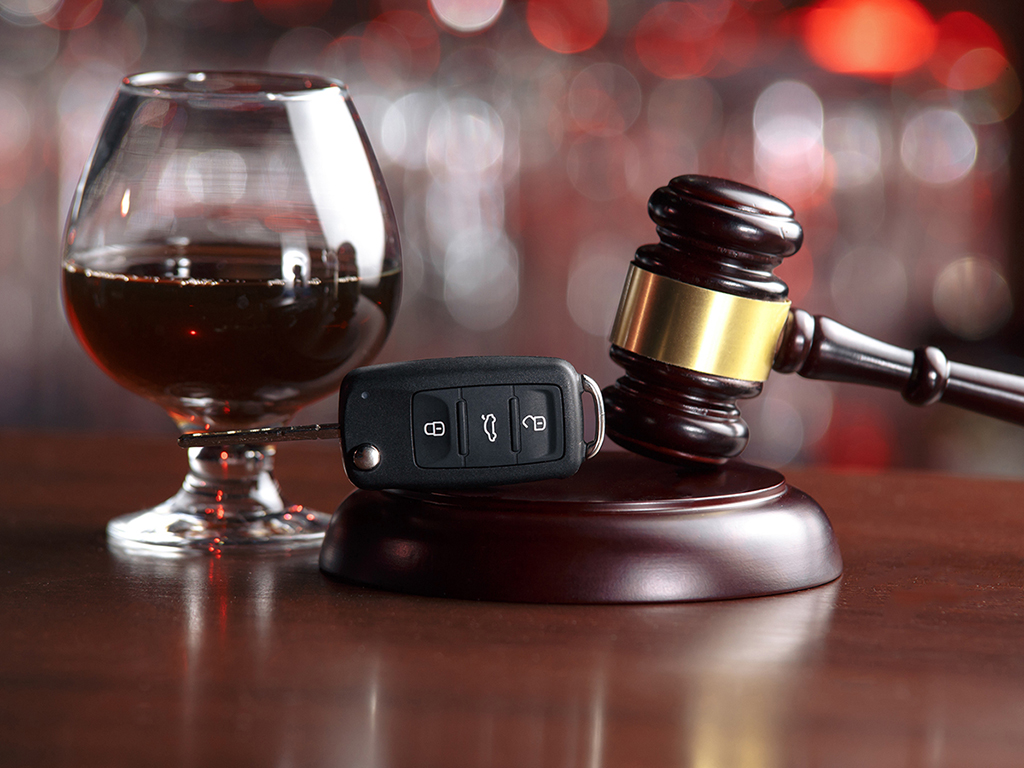In all states, driving with a blood alcohol content of 0.08 is considered driving under the influence, which is a crime. Many factors can affect the number of drinks a driver needs to achieve this BAC, including the driver’s weight, genetic makeup, and gender. Even if your BAC is lower than 0.08, you may be too drunk to drive. You will need good Tampa DUI Lawyers to help you in this kind of time.

Consuming alcohol can reduce the driver’s reaction time to unexpected events and can cause the driver to drive erratically. Those arrested with drunk driving in criminal court and absolved may be shocked to find themselves still accountable in civil court to anyone they harmed or killed while drunk or under any influence of driving.
The criminal and civil justice systems are separate, and the standards of evidence are stricter in criminal courts than in civil courts. In criminal courts, the burden of proof is “unquestionable”. Usually, on the other hand, the burden of proof in a civil personal injury lawsuit is “more evidence”. This means the plaintiff must prove the facts and damages by showing that his version is more likely to be accurate than not. Thus, there may be sufficient evidence to hold a person liable civilly for causing injury while drunk driving, although there is not enough evidence to prove that the same person caused the accident “without a doubt.”
Some states allow a person who has been injured by a drunk driver to sue not only a drunk driver but also bars or other entities serving alcoholic beverages to drunk drivers even if the driver appears to be drunk or intoxicated. This law can be useful to plaintiffs because bars and other entities may have insurance policies that allow recovery even if drunk drivers are uninsured or underinsured and hold judgment.

